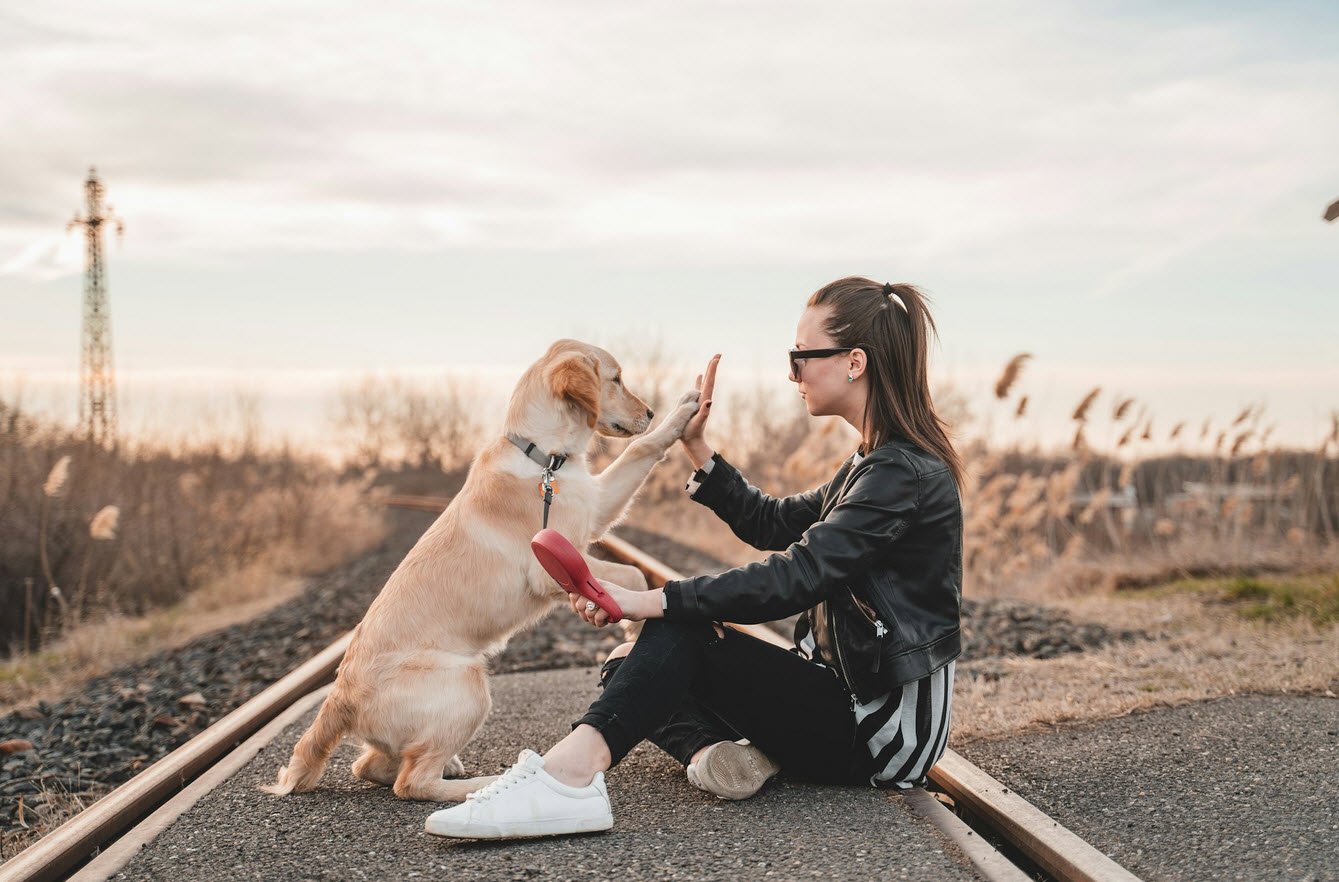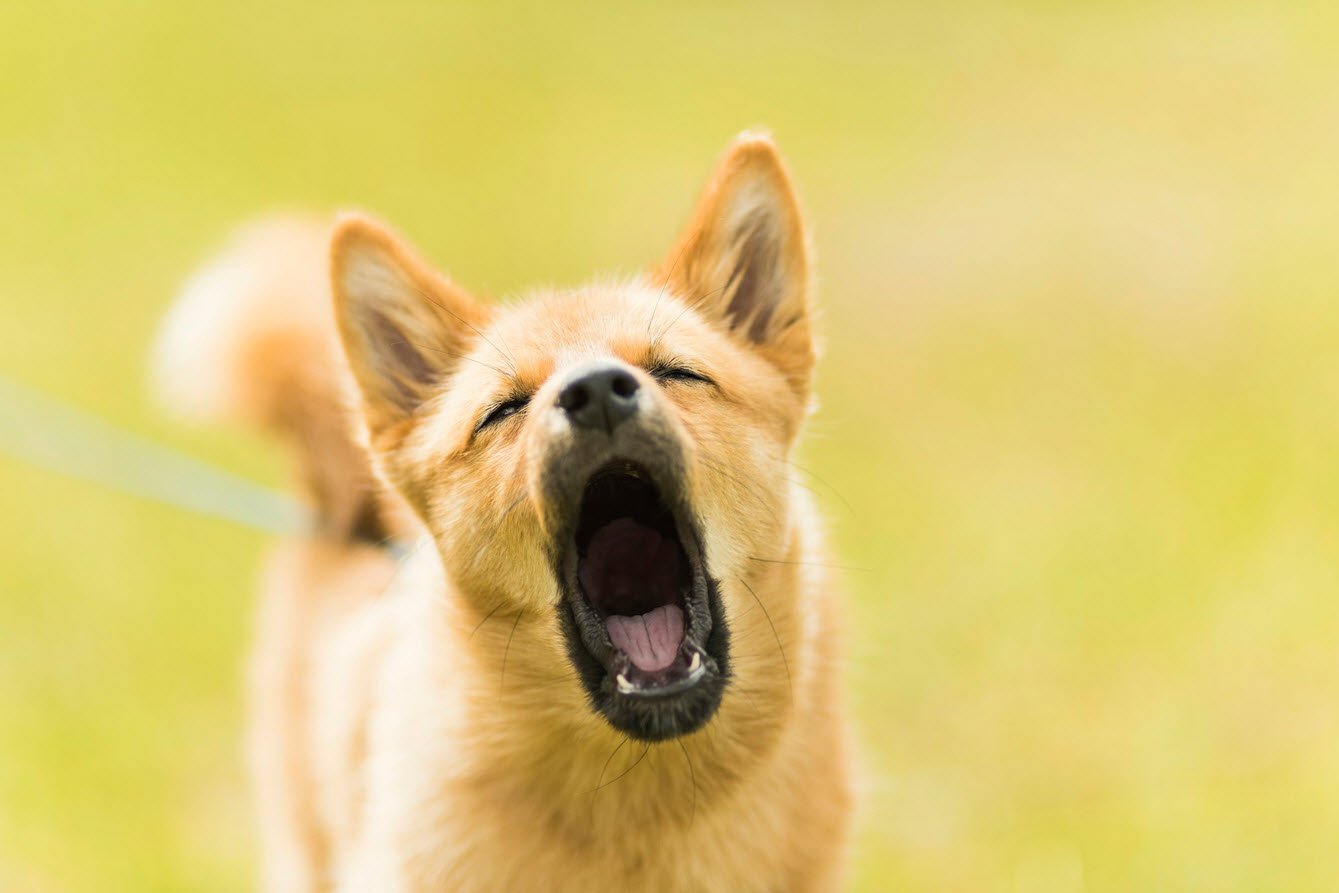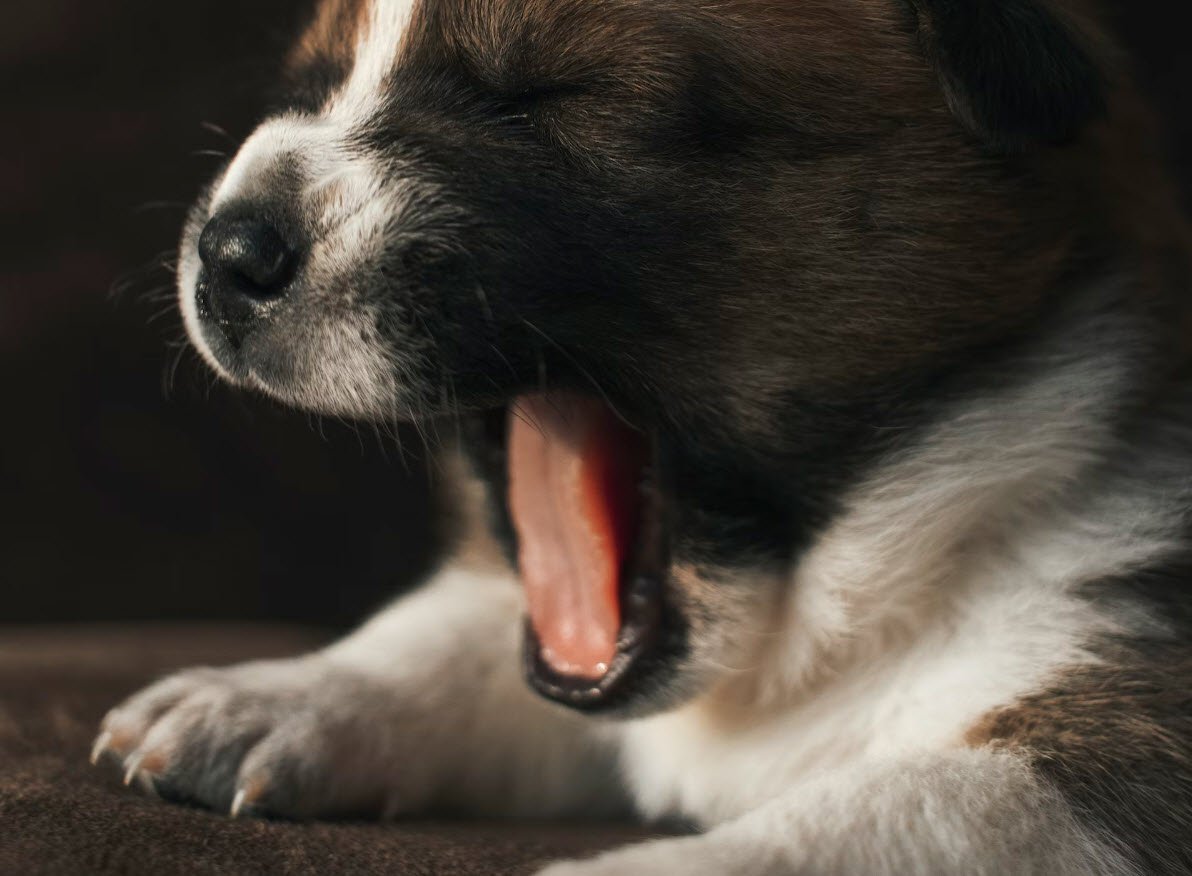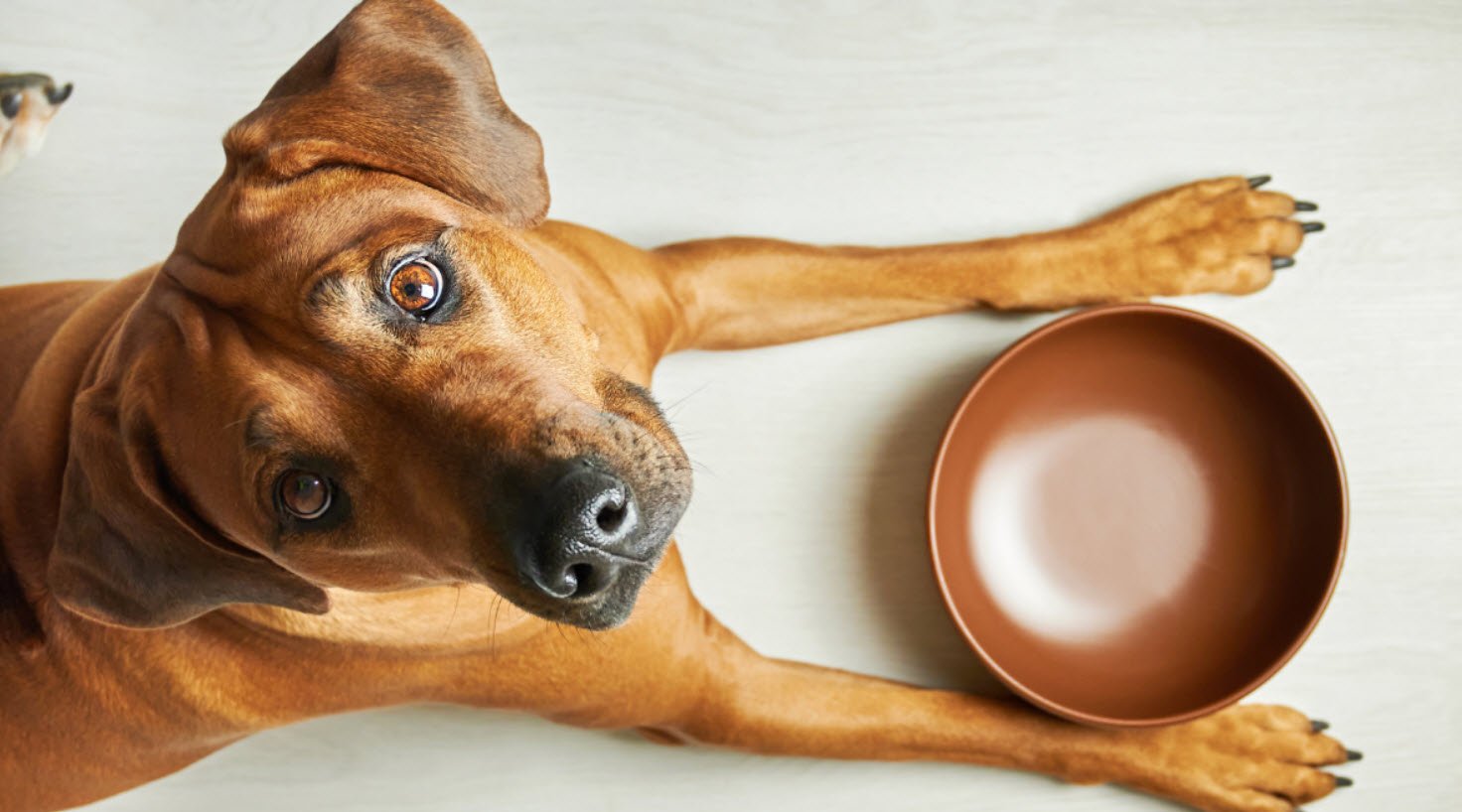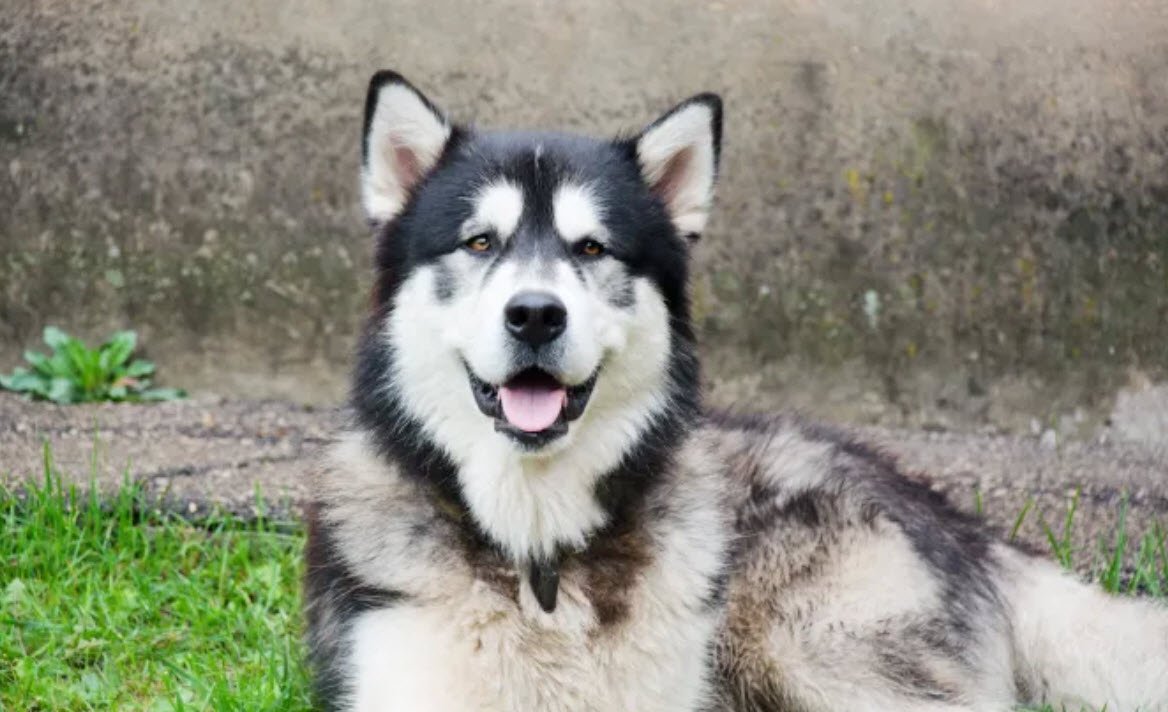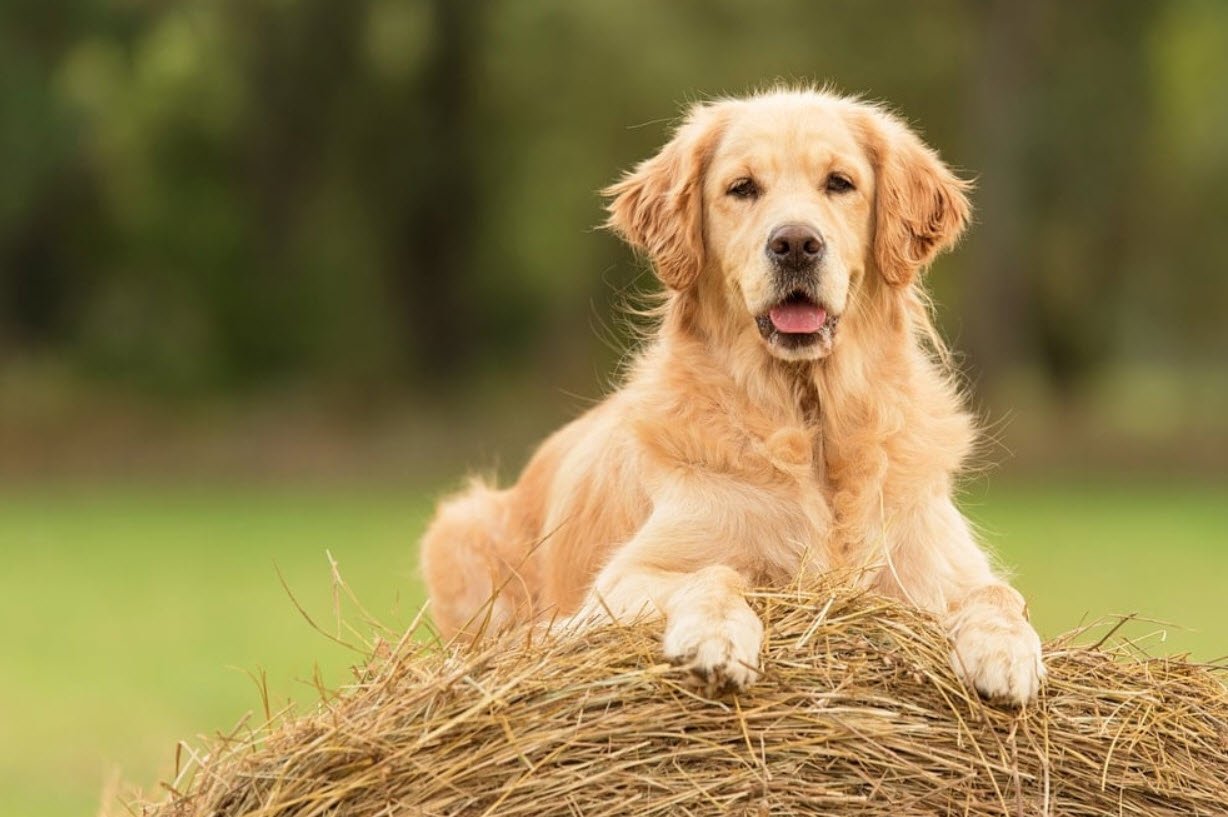
Maintaining your dog’s oral health is crucial for their overall well-being. Just like humans, dogs require regular dental care, including brushing their teeth. Proper dental hygiene helps prevent gum disease, tooth decay, and bad breath. However, brushing your dog’s teeth can be a challenge if not approached with patience and care.
Here are ten steps to help guide you through the process of brushing your dog’s teeth effectively.
1. Pick the Right Time and Place
Choose a time when your dog is calm and relaxed. A comfortable, quiet area with good lighting works best. Avoid crowded or noisy places that may distract your dog.
2. Find the Right Tools
Acquire a dog-specific toothbrush and toothpaste. Human toothpaste is not safe for dogs. Dog toothbrushes are designed for their mouth shape and size, and toothpaste formulated for dogs is safe to swallow.
3. Let Your Dog Taste Test
Allow your dog to taste the toothpaste. Place a small amount on your finger and let them lick it. This helps them get used to the taste and associate it with a positive experience.
4. Get Your Hands in There
Gradually introduce touching your dog’s mouth and teeth. Gently massage their lips and gums with your finger. Reward them with praise and treats to create a positive association.
5. Introduce the Brush
Dab a little toothpaste on the toothbrush and allow your dog to taste it. Then, gently brush a few front teeth. Use circular motions and keep it brief for the first few times.
6. Work Your Way Back
Gradually progress to brushing more teeth and working towards the back of the mouth. Take your time and remain patient, rewarding your dog for cooperation.
7. Try Out New Positions
Experiment with different positions to find what works best for both you and your dog. Some dogs may be more comfortable sitting, lying down, or being gently restrained. Choose a position that allows easy access to their mouth.
8. Give Your Dog a Break
If your dog becomes stressed or uncomfortable, stop and give them a break. It’s important not to force the process, as this can create a negative association with teeth brushing.
9. Practice, Practice, Practice
Consistency is key. Aim for short, daily brushing sessions to establish a routine. The more you practice, the more accustomed your dog will become to the process.
10. Finish with a Reward
Always end the brushing session with a reward, whether it’s a treat, praise, or playtime. Reinforce the positive experience to encourage future cooperation.
Regular dental care, including brushing, is essential for your dog’s health and longevity. If you encounter difficulties, consult your veterinarian for guidance and additional tips on how to make the teeth-brushing experience as smooth and enjoyable as possible for both you and your furry friend.

